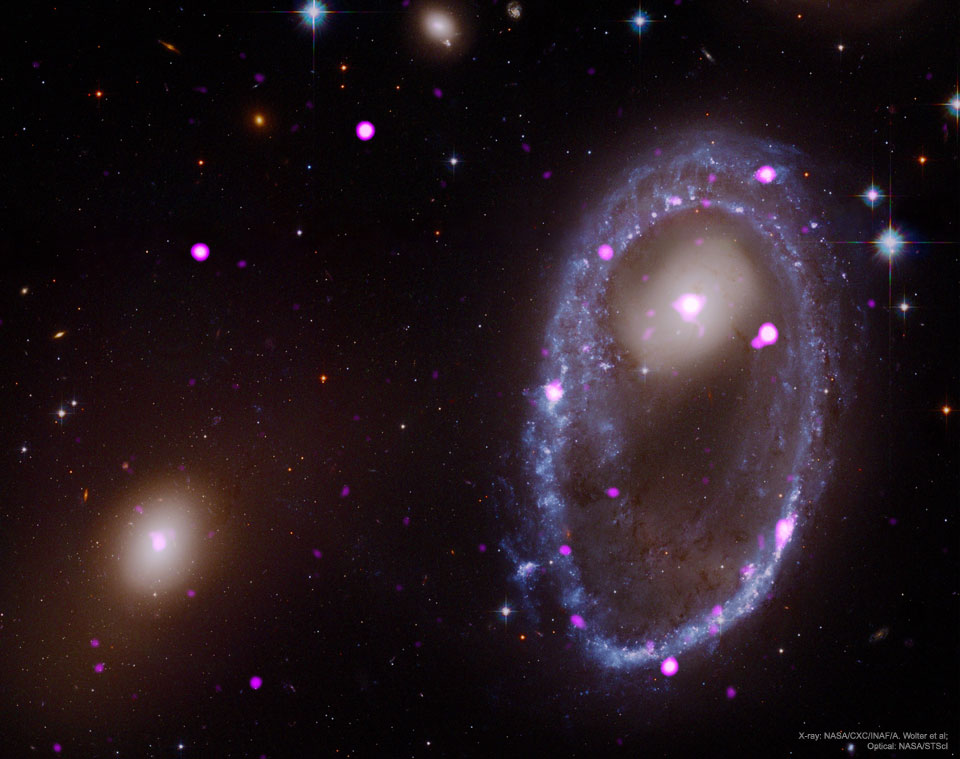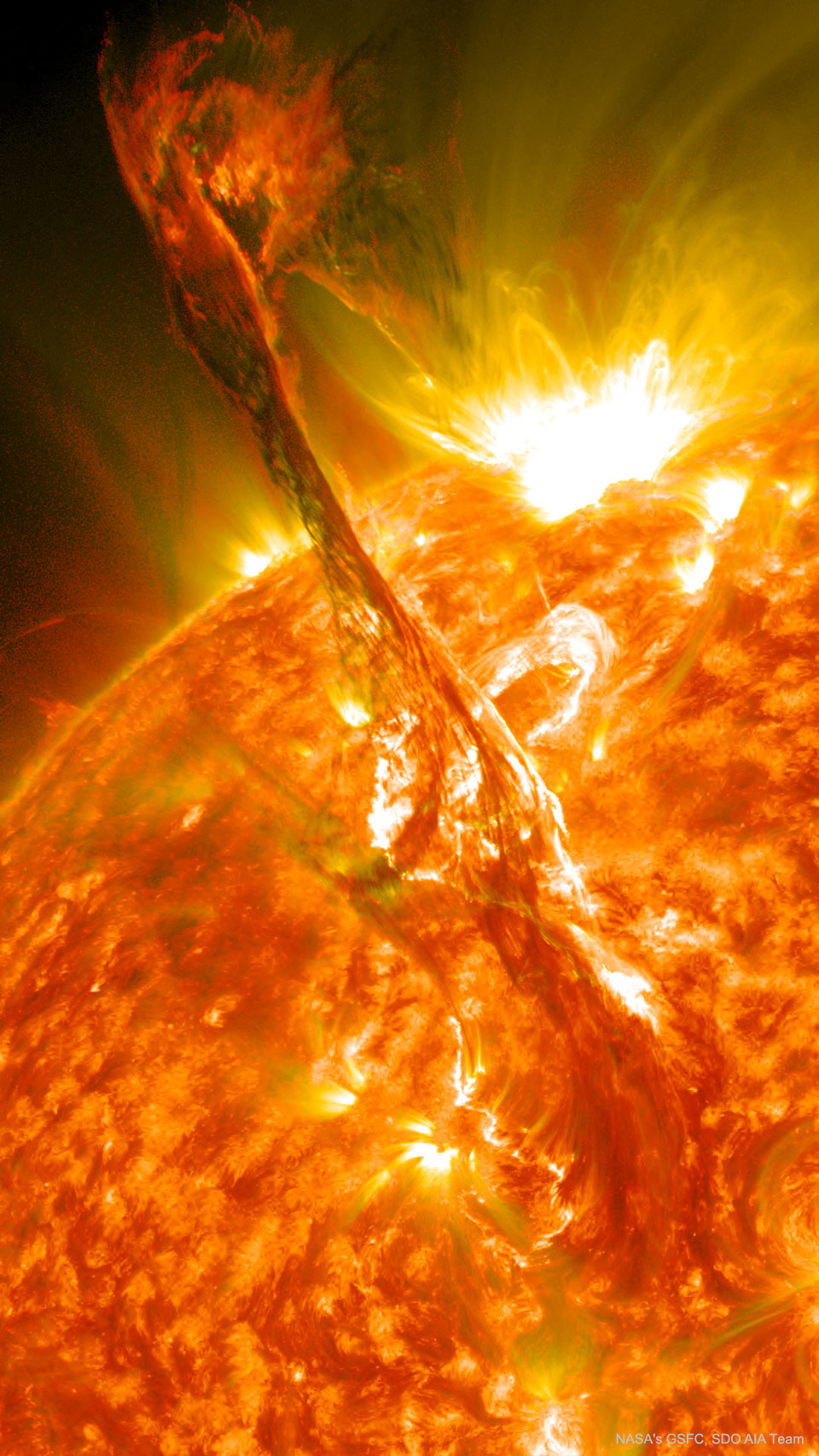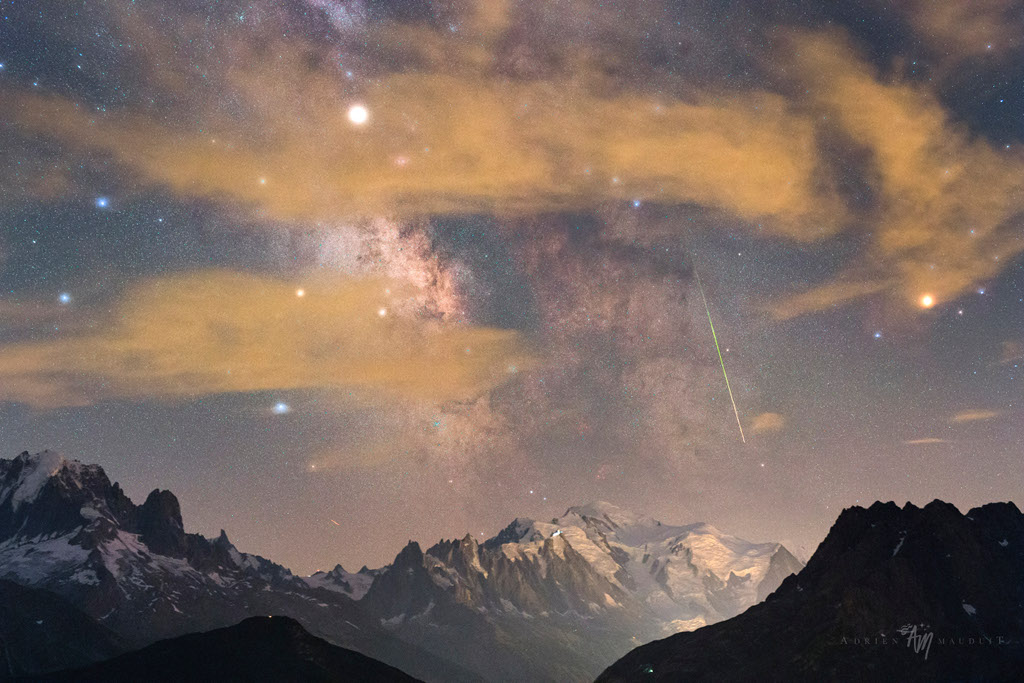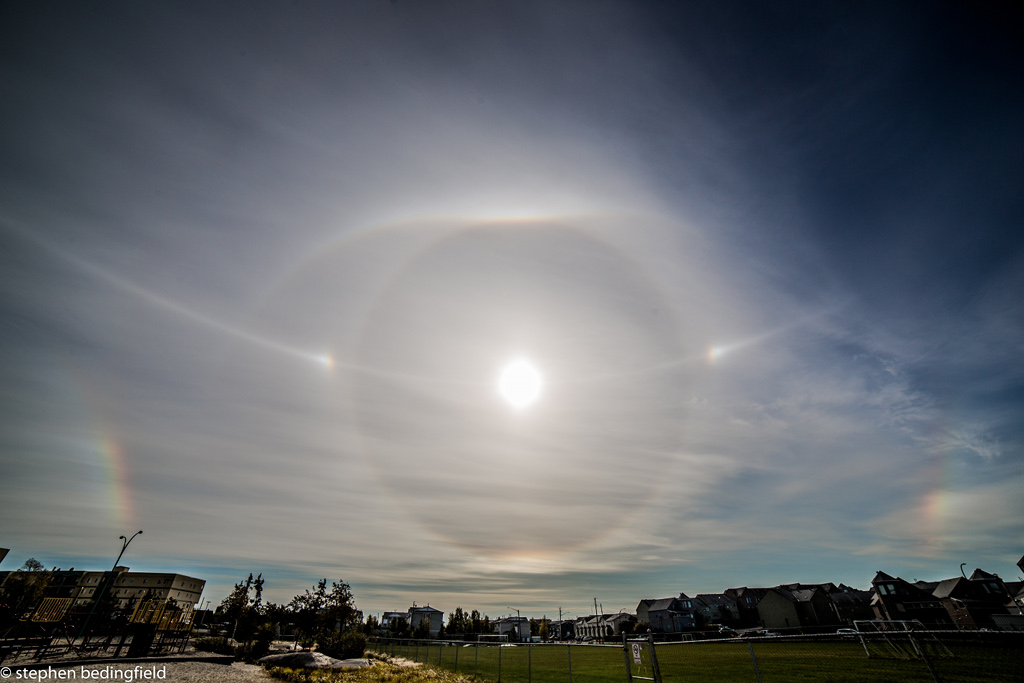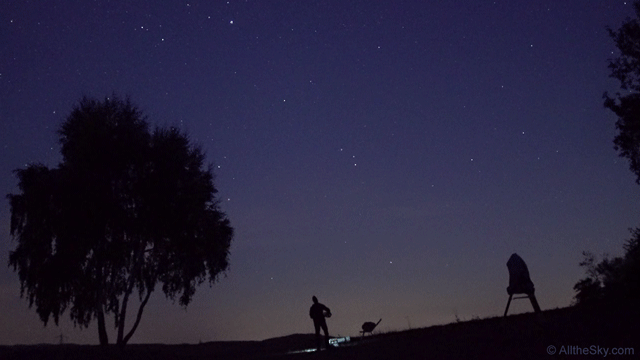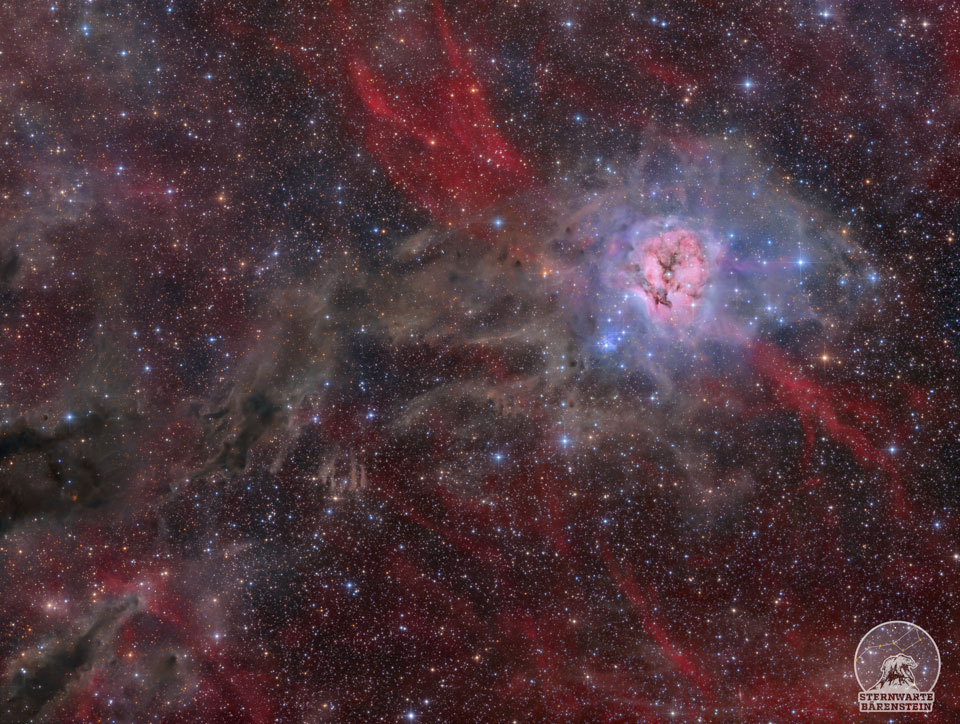
Image Credit & Copyright: Marcel Drechsler (Baerenstein Obs.)
Explanation: Inside the Cocoon Nebula is a newly developing cluster of stars. The cosmic Cocoon on the upper right also punctuates a long trail of obscuring interstellar dust clouds to its left. Cataloged as IC 5146, the beautiful nebula is nearly 15 light-years wide, located some 3,300 light years away toward the northern constellation of the Swan (Cygnus). Like other star forming regions, it stands out in red, glowing, hydrogen gas excited by young, hot stars and blue, dust-reflected starlight at the edge of a nearly invisible molecular cloud. In fact, the bright star near the center of this nebula is likely only a few hundred thousand years old, powering the nebular glow as it slowly clears out a cavity in the molecular cloud's star forming dust and gas. This exceptionally deep color view of the Cocoon Nebula traces tantalizing features within and surrounding the dusty stellar nursery.
